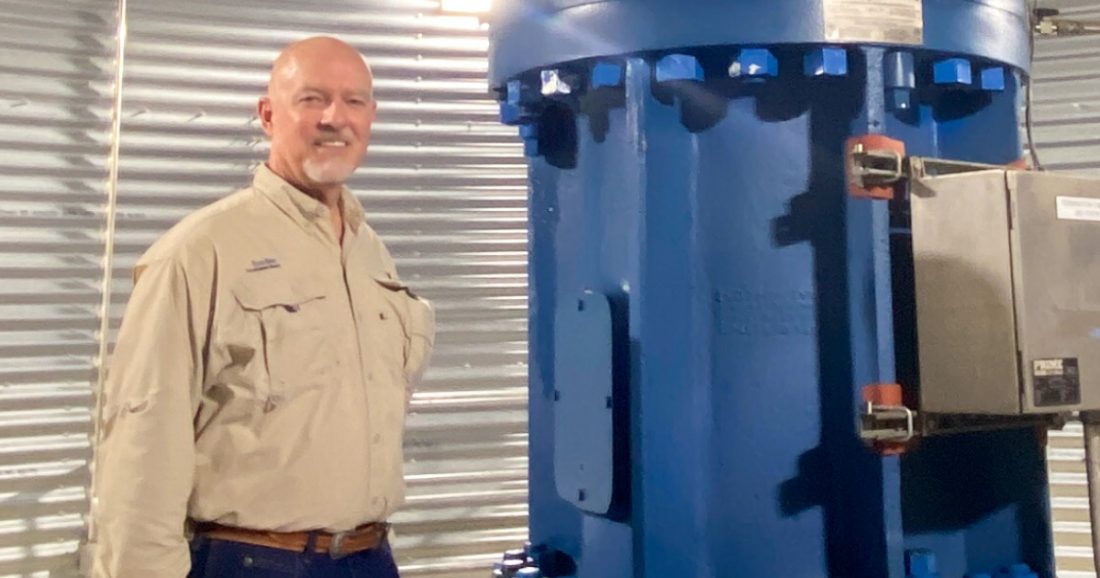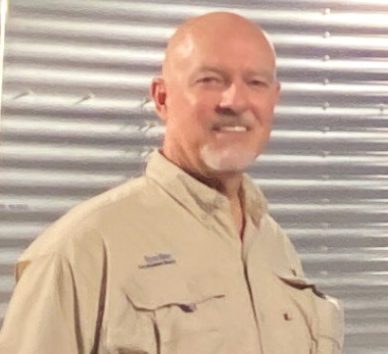Everything is bigger in Texas – even drought. In 1949, the Lone Star State saw the beginning of a drought that left the state high and dry for seven years. The period of 1954–56 was particularly devastating, with the rural population and crop yields alike plunging to historic lows.
While Texas has experienced many droughts since, the big dry spell of the 1950s had a lasting effect. Environmental impacts aside, it led to the creation of the Texas Water Development Board (TWDB) as a way to guarantee water security for the state.
The very existence of the TWDB meant that agricultural studies in Texas gave greater weight to the science of water conservation. For those in the field of agricultural economics, the TWDB became an attractive career avenue as well as a way to help secure a water future for Texas.
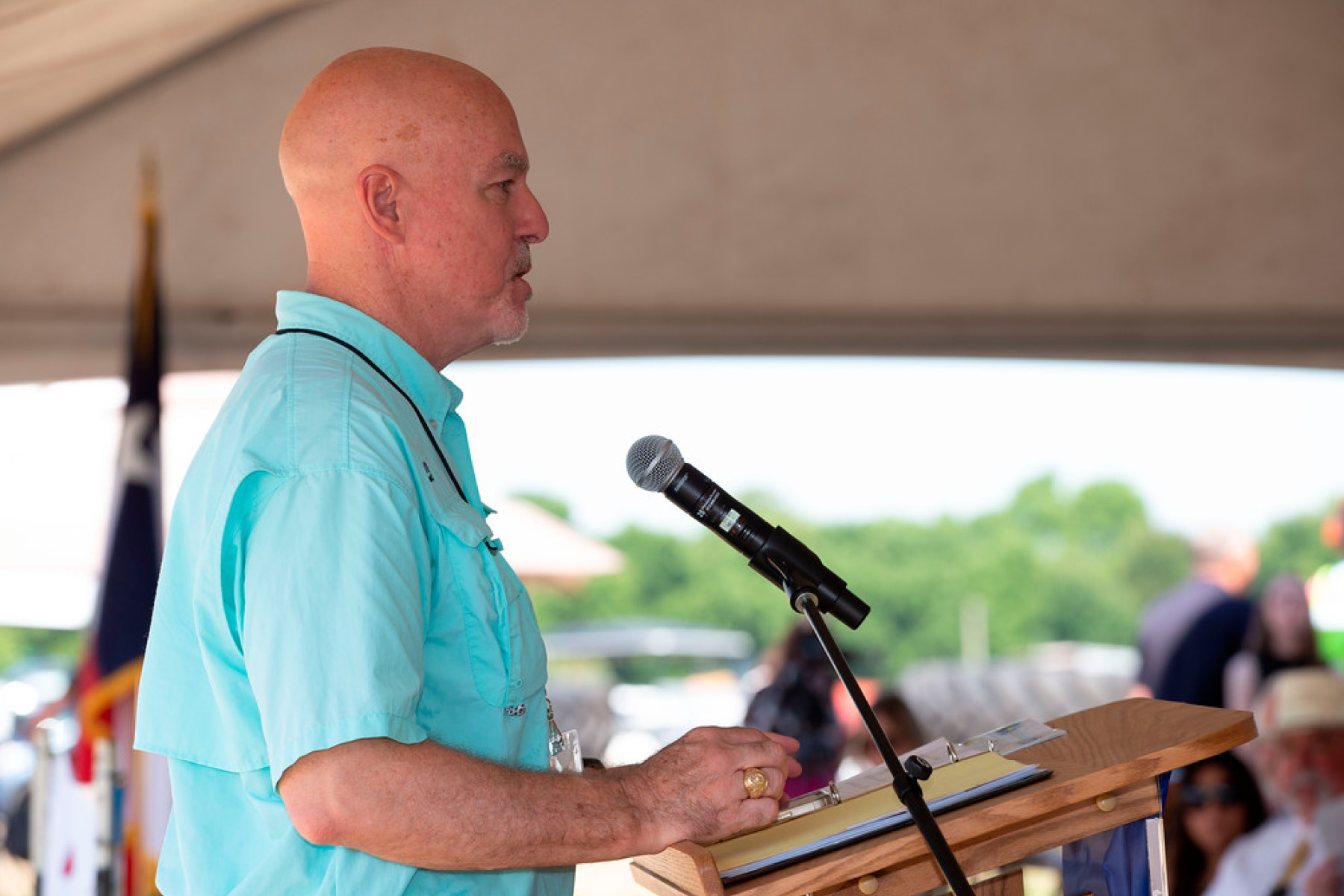
Image: Upper Trinity Regional Water District
“I’d been training for it all my life. And it’s the best job I’ve ever had.”
In 1984, Texas A&M University agricultural economics graduate Jeff Walker started his career as a cowboy for a big cattle company. “We ran cattle for feed,” he tells The CEO Magazine. “But after six years of that, I realized that cowboying is fun when it’s a beautiful day outside; not so much when it’s cold and miserable.”
As Walker was looking for the next opportunity, a friend got in touch. “He was working for the Texas Water Development Board, and at the time I didn’t even know what that was,” he says.
“He told me about the water conservation work they did, and I was interested. I ended up as an agricultural conservation specialist.”
The role involved performing irrigation evaluations across the state. “And Texas is pretty big,” Walker notes.
“But then I moved into planning, financing, science, geographic information, all the different things the TWDB does. I really fell in love with the finance part.”
A Duck to Water
Inspired, Walker went back to school to get his MBA and became a financial analyst for the TWDB. “My favorite thing was reviewing loans for municipalities applying for our loan programs,” he says.
“But we also reviewed the engineering and environmental departments, and the more I’d talk to our engineers about what they were working on, the more I was about to learn and grow what I was doing.”
Walker followed his passion throughout the TWDB until 2013, when the organization underwent a major restructure. “I had a chance to help with that because I’d been there for such a long time and I knew everyone.”
When the Executive Administrator role came up in 2016, Walker found his calling. “I’d been training for it all my life. And it’s the best job I’ve ever had.”
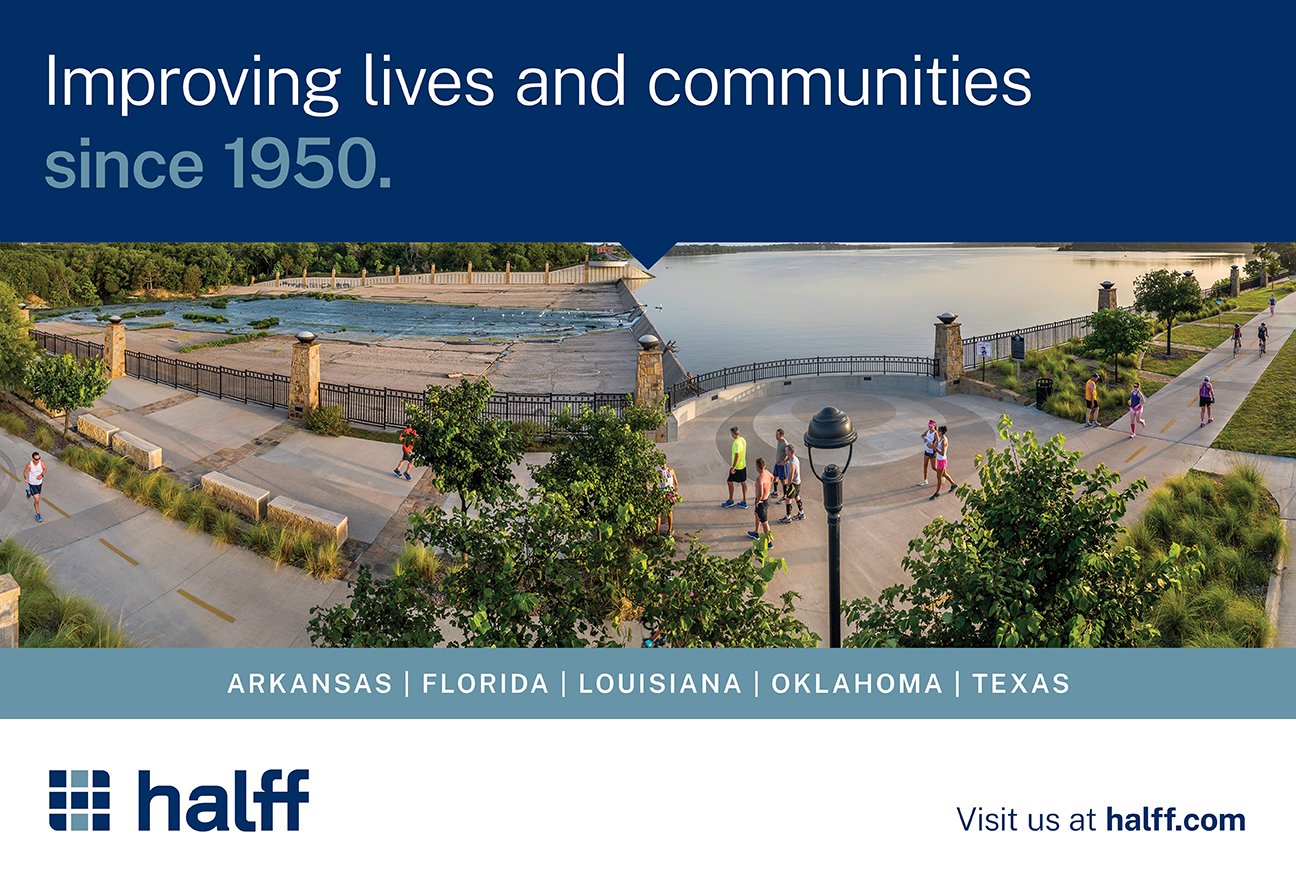
Advertisement
As Executive Administrator, Walker has a mission that’s bigger than … well, you know.
“Texas is big. We’re growing like crazy. Half the new arrivals are newborns and the other half come from out of state, and nobody’s bringing water with them,” he says.
“We have to help the state find water sources and infrastructure to meet that growth.”
The state’s population is currently around 30 million residents, but Walker says that’s tipped to grow 70 percent over the next 50 years. Groundwater is the main source of drinking water in Texas, but supplies are decreasing.
“We just recently received another billion dollars in funding, which sounds like a lot of money, but it’s really just a down payment because our needs are so great.”
Challenges Ahead
A large part of the TWDB’s budget is directed towards hiring the best and brightest in the world of water science. “It’s a challenge because they’re so difficult to find,” he says. “And getting those people into the public sector is just as hard. They’re in high demand. But what we offer is a great mission: a secure water future for Texas.”
Fortunately, many top engineers, scientists and groundwater modelers have heard the call. “I send out a welcome email to new employees asking what their path to get here was. Probably 75 percent of them say it was the mission. They want to do something that gives back.”
Post-restructure, staff felt the C-suite was unapproachable, so Walker’s interpersonal style has come to the fore. “And of course my favorite thing to do is to talk to people about what they’re doing,” he says.
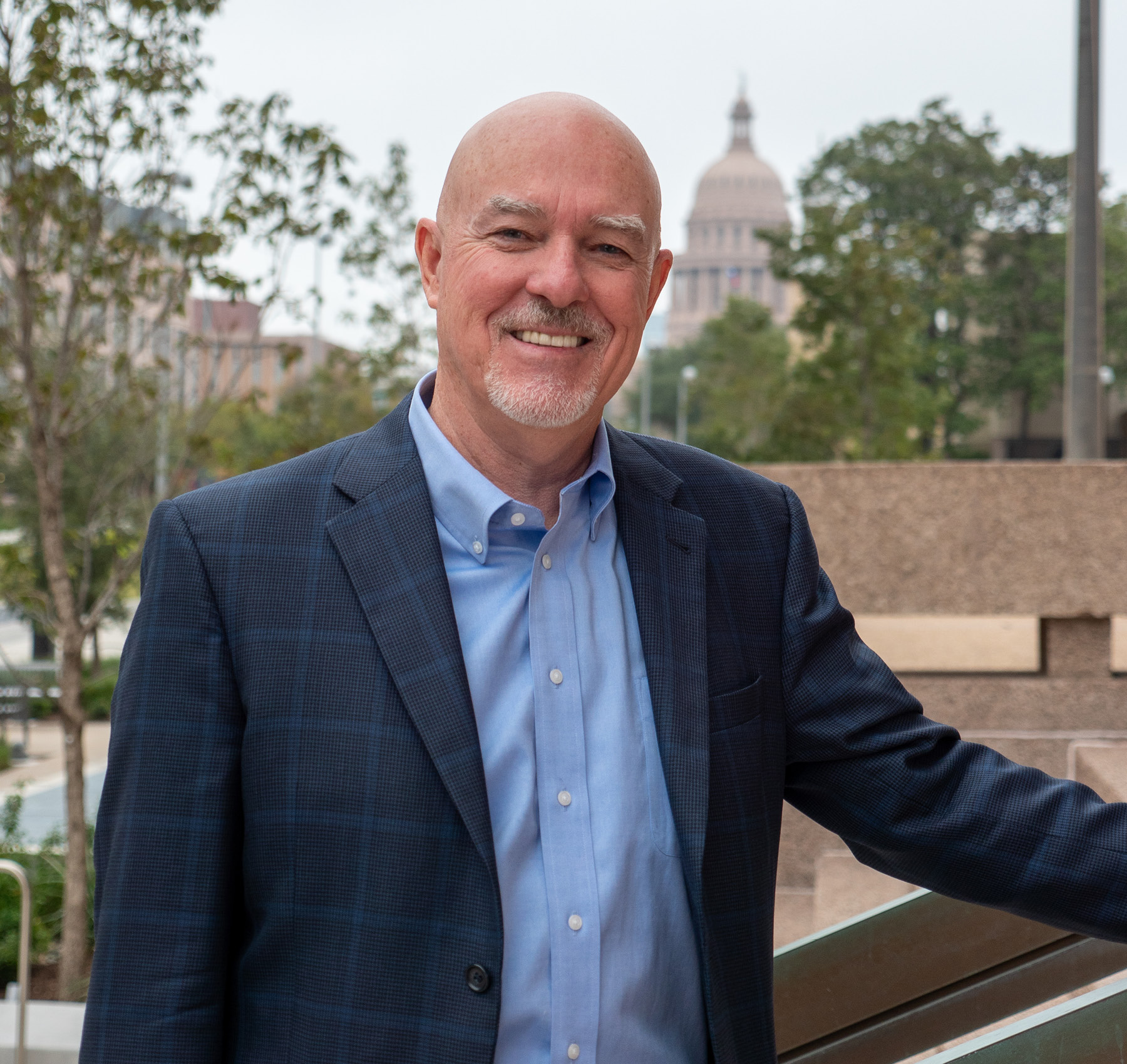
“What we offer is a great mission: a secure water future for Texas.”
“Developing an innovative, family culture in a hybrid environment has been a real challenge, but it’s working. Everyone knows they trust the person next to them, that we’re all working for the same cause. You have to have that.”
And certainly when the cause is as critical as the TWDB’s. The kind of water projects underway can take years to come to fruition, especially for the levels of water the Texas of the future will require. “Lately, Texas has seen a boom in the establishment of chip plants, which have high water needs,” he says.
“You can’t solve that in six months.”
That’s why the TWDB partners with industry leaders such as geospatial data and solutions provider, Sanborn, and local engineering and architectural firm, Halff, on its projects.
Tapping Resources
“Our water supply projects are looking to meet future needs for at least the next 50 years, and to me that’s the definition of sustainability,” he says.
“We have an innovative water technology department that looks at different methods such as reuse, storage and recovery. We’re looking at produced water right now. So much water comes out of the oil fields. It’s pretty nasty, but there has to be a value there.”
One of the most promising avenues is brackish water, which has a salt content lower than seawater. “We literally have an ocean of brackish water beneath Texas, enough to sustain us for a century. But accessing and treating that water is a long term project.”
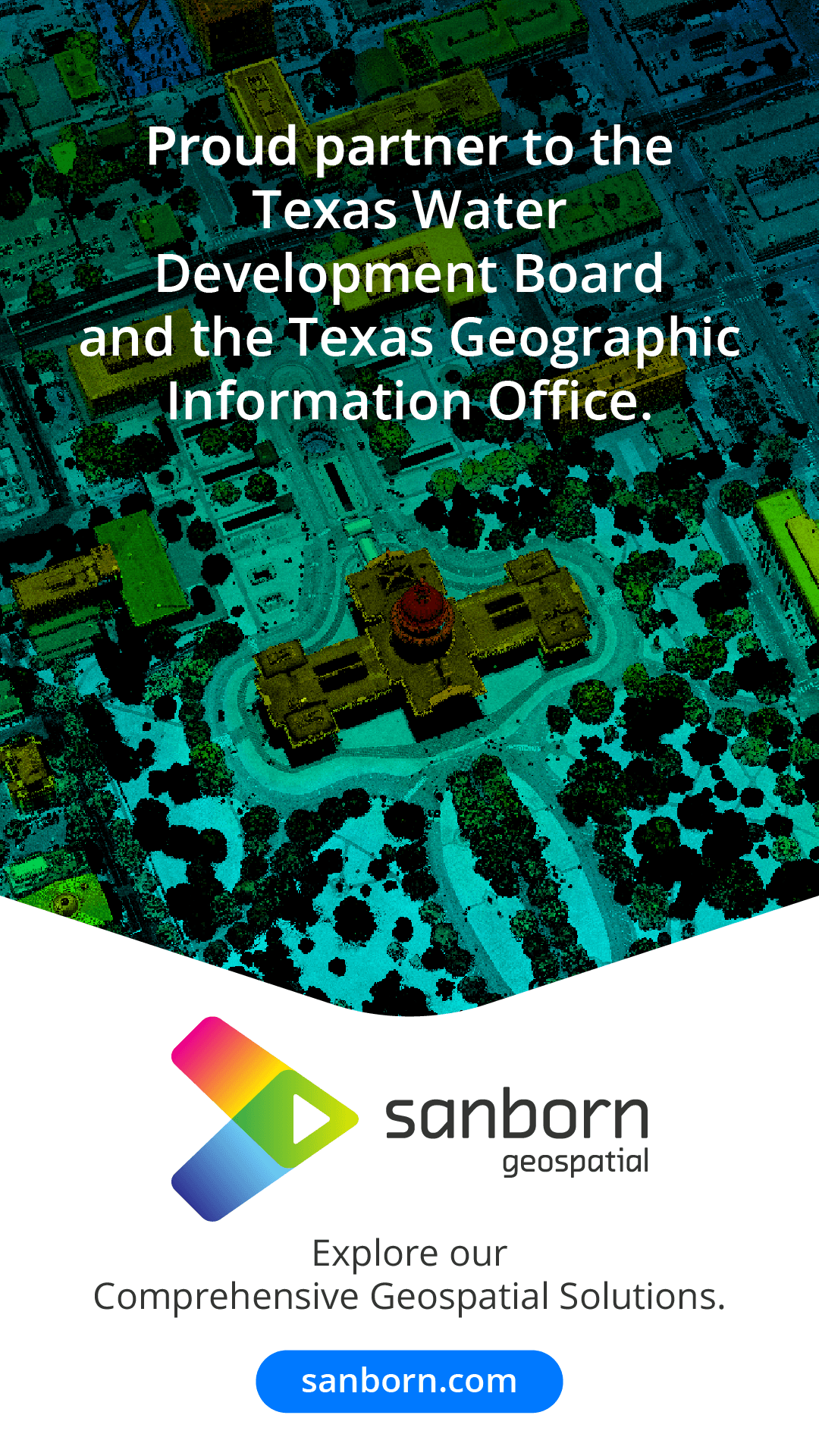
Advertisement
The TWDB has an internal mantra: the better the science, the better the planning; the better the planning, the better the projects. “It all starts with science, and there’s so much information out there,” Walker says. “We’re the geographic information hub of Texas, and we’re working on making that data available to people, so decision-makers can find out exactly what they need.”
By sharing the knowledge, Walker says technological advancements will come easier. “Everyone wants immediate results, but nothing good comes from rushing,” he says.
“Technology is very slow to get into the water business. We’re still dealing with water and wastewater the same way we did 100 years ago. There’s an aversion to risk, and we have to do better, especially in desalination.”
Greater levels of funding are crucial to achieving the TWDB’s goals. While Walker admits there may not be enough money in the world to solve Texas’s water problem, he says that’s no reason to give any less than his all in trying.
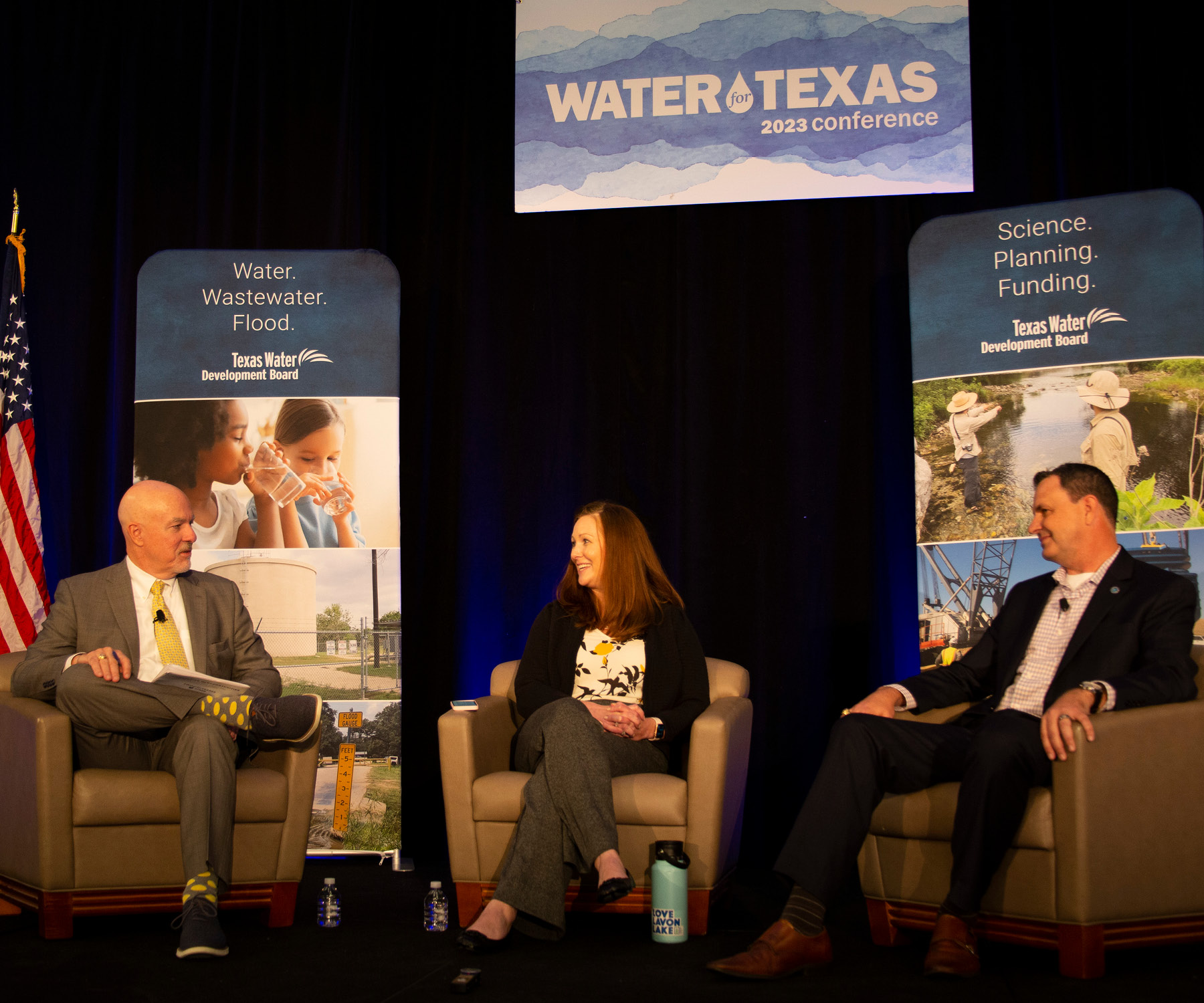
“If we don’t deliver water, the Texas miracle is going to fail.”
“If we don’t try, if we don’t deliver water, the Texas miracle is going to fail,” he says.
After 34 years of public service at the TWBD, Walker has recently made the tough decision to retire from the agency. His last day in the role is March 5th, 2024, but he warns that the water world won’t be able to get rid of him that easily.
“I look forward to opportunities to stay involved in Texas water and am certain the TWDB will continue to lead the way toward a secure water future for our state.”

